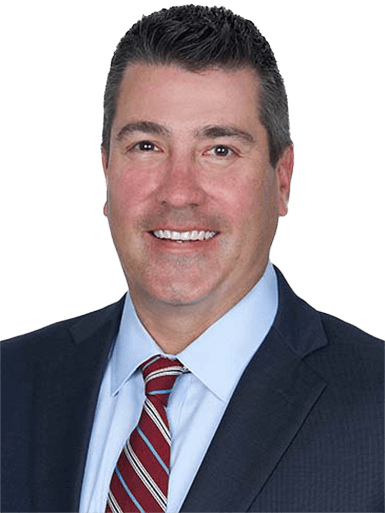California Medicaid Reforms Shape Future for Community Health Centers
Overview of California Medicaid Reforms and CalAIM
California has relied on federal waivers to expand Medicaid and improve care delivery. In December 2015, the state secured a 1115 Medicaid waiver under Section 1115(d)(2) of the Social Security Act. Known as Medi-Cal 2020, the waiver was designed to transform the system by improving care quality and access. Today, Medi-Cal covers nearly 15 million residents across California.
The program has since undergone further reform through California Advancing and Innovating Medi-Cal, or CalAIM. This multi-year initiative, which runs from 2022 through 2027, seeks to strengthen and expand behavioral health services, introduce community supports that address social determinants of health, and broaden dental coverage for children and individuals with qualifying conditions.
Community health centers, which provide a substantial share of the state’s primary care, depend heavily on Medi-Cal reimbursement. More than half of patients at California centers are covered either through Medi-Cal managed care plans (MCPs) or directly under Medi-Cal.
Medi-Cal Reimbursement Models in Transition
Medi-Cal reimburses community health centers primarily through a prospective payment system (PPS). Many states have moved toward alternative payment methodologies (APMs), most often a capitated per member per month (PMPM) approach. Under this model, providers typically receive quarterly settlements that compare PPS-calculated costs with the PMPM reimbursements. The structure provides greater flexibility in meeting patient needs, since care is not limited to services covered under the PPS methodology.
California has been slower to adopt this approach, though progress is underway. Beginning in July 2024, the state launched a PMPM pilot for community health centers electing to participate with MCPs. In addition, the California Department of Health Care Services accepted applications in 2024 for a second cohort of health centers to join the APM model with managed care plans, effective January 1, 2026. The Medi-Cal PMPM is based on each center’s current PPS rate and estimated patient utilization. These steps align California with the broader national trend toward APMs.
Federal Policy Changes and Funding Challenges for California Medi-Cal
The Medi-Cal program faces serious financial strain. The state recently borrowed more than $6 billion to cover cost overruns, and new federal policies are expected to add pressure in the coming years.
Several changes are scheduled to take effect beginning in 2026:
- In January 2026, older adults will again be subject to an asset limit for Medi-Cal eligibility.
- That same month, enrollment will freeze for undocumented Medi-Cal members over age 19.
- In July 2026, dental benefits will be eliminated for members who do not have sufficient immigration status.
- In July 2027, adult Medi-Cal members without satisfactory immigration status will be required to pay premiums to maintain coverage.
In addition, new federal restrictions are expected to include work requirements and more stringent renewal processes, which may lead to further declines in enrollment.
How Community Health Centers Can Prepare for Medi-Cal Reform
For community health centers, the coming shifts are not only operational but also deeply personal. Teams on the ground know these policies affect patients, families, and entire communities who rely on Medi-Cal for stability and care. Balancing compassion with the demands of compliance will be critical.
Organizations considering participation in a Medicaid APM will need to evaluate reporting structures, conduct cost-benefit analyses, and work closely with MCPs to define patient panels. Renewal requirements will also call for greater investment in patient outreach, ensuring members understand new deadlines and are not left without coverage.
With decreases in enrollment and encounter volume likely, providers should begin planning for revenue diversification, cost containment, and operational efficiencies. These measures will help centers sustain both their mission and their ability to serve patients as Medi-Cal enters a period of significant transition.
How We Help
AAFCPAs works with healthcare organizations across the country, including Federally Qualified Health Centers, behavioral health providers, and other health and human services providers that depend on Medicaid funding. Our multidisciplinary team of CPAs, consulting CFOs, tax attorneys, data analysts, and IT security professionals advises on compliance, internal controls, reimbursement methodologies, and operational efficiency.
As community health centers prepare for Medi-Cal and Medicaid reforms, AAFCPAs provides solutions such as cost reporting, revenue cycle optimization, and reimbursement assessments, including PPS and APM models. We also help organizations evaluate financial sustainability, strengthen renewal outreach processes, and design contingency plans to remain resilient as eligibility rules and funding structures evolve.
These insights were contributed by Charles Webb, CPA, CHFP, Partner.
Questions? Reach out to our authors directly or your AAFCPAs partner.
AAFCPAs offers a wealth of resources for healthcare organizations. Subscribe to get alerts and insights in your inbox.

